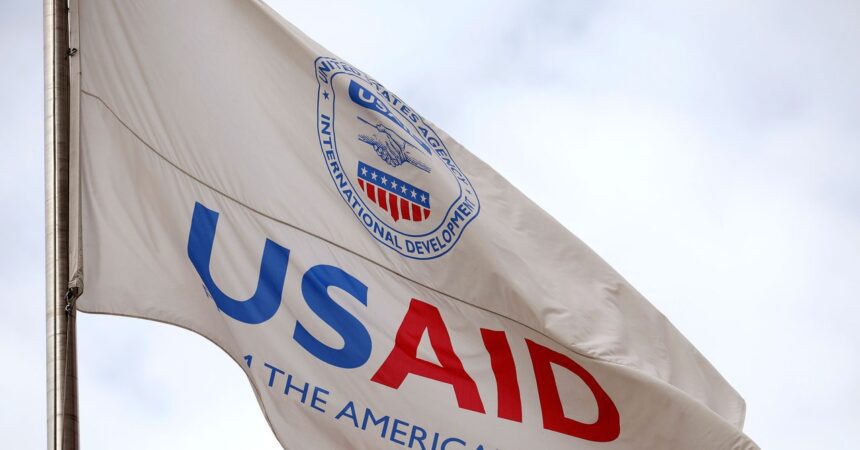In the past year, the United States provided $3.7 billion in humanitarian assistance to sub-Saharan Africa, with at least 73 percent of this funding directed towards health initiatives, particularly for HIV treatment and prevention programs. A significant portion of this support has been channeled through the President’s Emergency Plan for AIDS Relief (PEPFAR), which facilitates the procurement and distribution of HIV medications in needful nations. Since its inception over twenty years ago under former President George W. Bush, PEPFAR has been instrumental in saving countless lives across Africa.
Prior to PEPFAR, a diagnosis of HIV was often perceived as a death sentence in Africa. Today, many individuals living with the virus can enjoy a normal quality of life, thanks to the effective medications made available through this initiative. Additionally, aid programs have empowered various sub-Saharan countries to make crucial strides in controlling the HIV epidemic by improving infection tracking, enhancing testing efforts, and minimizing transmission from mother to child.
Indeed, several African nations, including Nigeria, are on the verge of mastering the HIV epidemic and are nearing the global “95-95-95” targets—where 95 percent of those living with HIV are identified, 95 percent of those diagnosed receive antiretroviral therapy, and 95 percent of those on therapy achieve viral suppression, indicating they have no detectable HIV levels and cannot transmit the virus.
However, with the impending cessation of PEPFAR funding, public health officials express concerns that these advancements may be jeopardized. “If all funding is halted after the 90-day freeze, we will witness a near collapse of the healthcare system, as the Nigerian government alone will struggle to provide the necessary services,” warns Isah.
In 2021, Isah and his team published research examining the willingness of individuals living with HIV in Nigeria to pay for their treatment out of their own pockets. This study indicated that while many understand the vital need to maintain their treatment, the financial burden of medication presents a significant obstacle.
A standard monthly supply of the generic version of Truvada, which treats HIV and provides protective measures before and after potential exposure, costs approximately $60. In addition to this expense are regular laboratory tests required to monitor viral load, immune system status, and potential issues related to the kidneys, liver, and heart stemming from the virus. This poses a formidable challenge for low-income populations in Africa, where at least 41 percent of people live on less than $1.90 per day, and Nigeria’s minimum wage stands at $40 per month.
In a bid to address the funding shortfall, Nigeria’s government approved the allocation of 4.8 billion naira ($3.2 million) earlier this week for the procurement of 150,000 HIV treatment kits. While this decision is promising for the near term, it falls significantly short of what is necessary to sustain the nation’s HIV treatment and prevention efforts amidst a potential long-lasting withdrawal of support from the United States.
If the U.S. maintains the funding freeze after the initial 90-day pause, many individuals living with HIV in Africa may struggle to afford their medications and the required lab tests consistently. “Once an individual begins treatment and achieves an undetectable viral load, they cannot transmit the virus,” explains Isah. “However, if they miss their medications, their viral load can increase, putting their families and loved ones at risk.”










